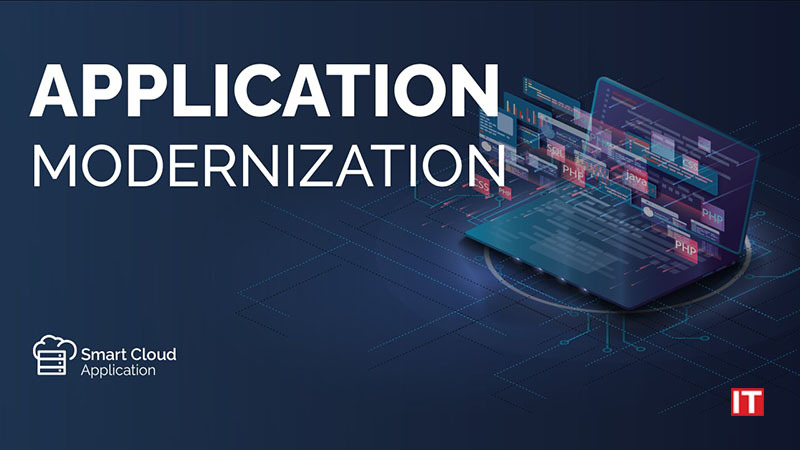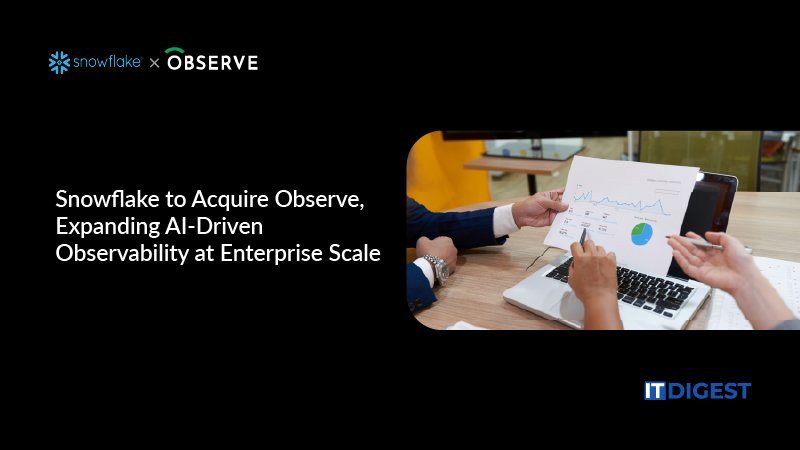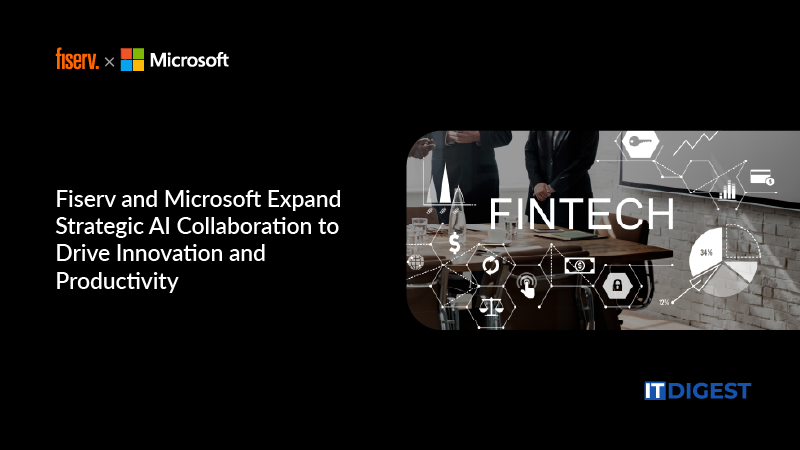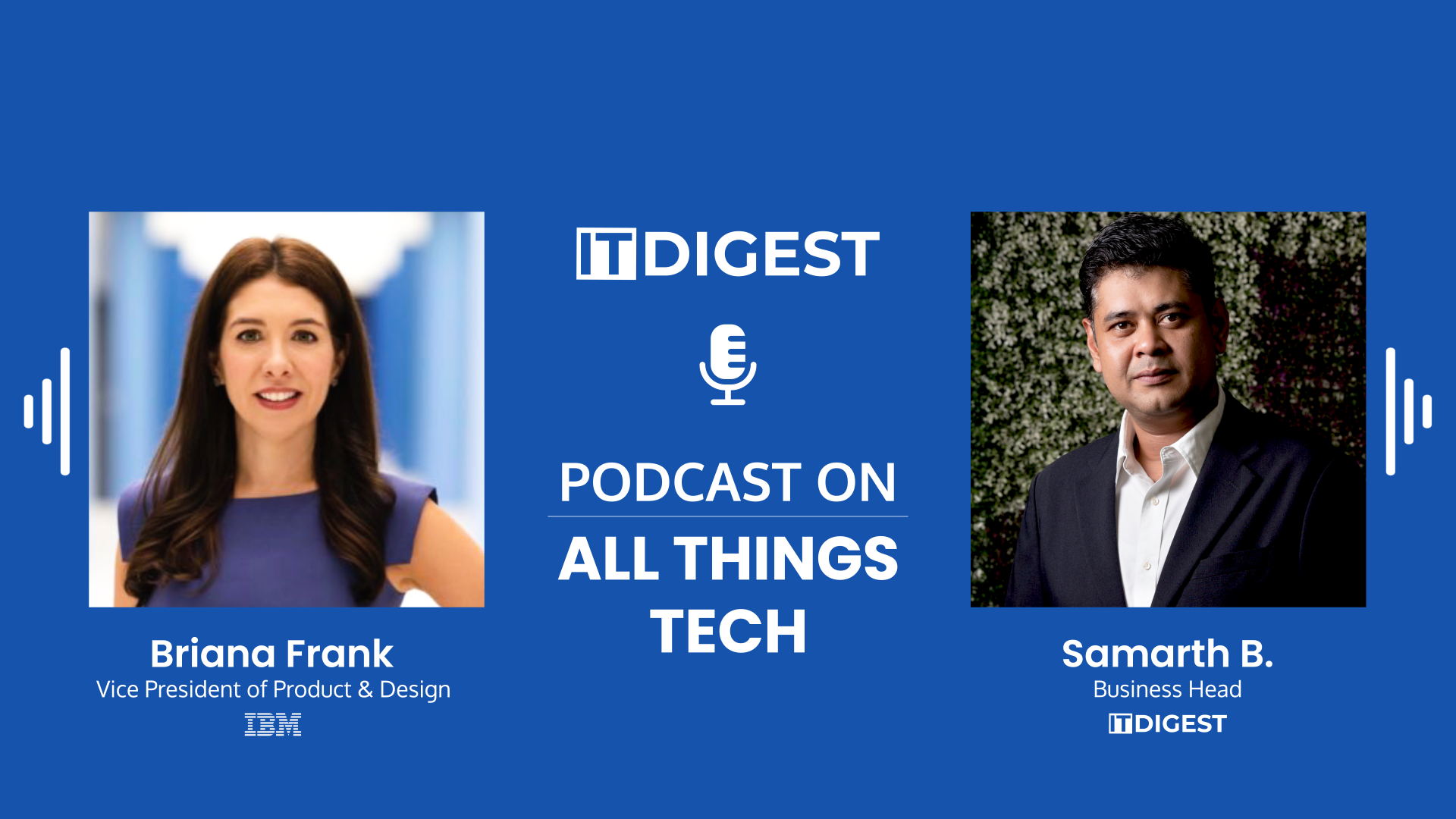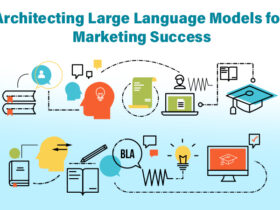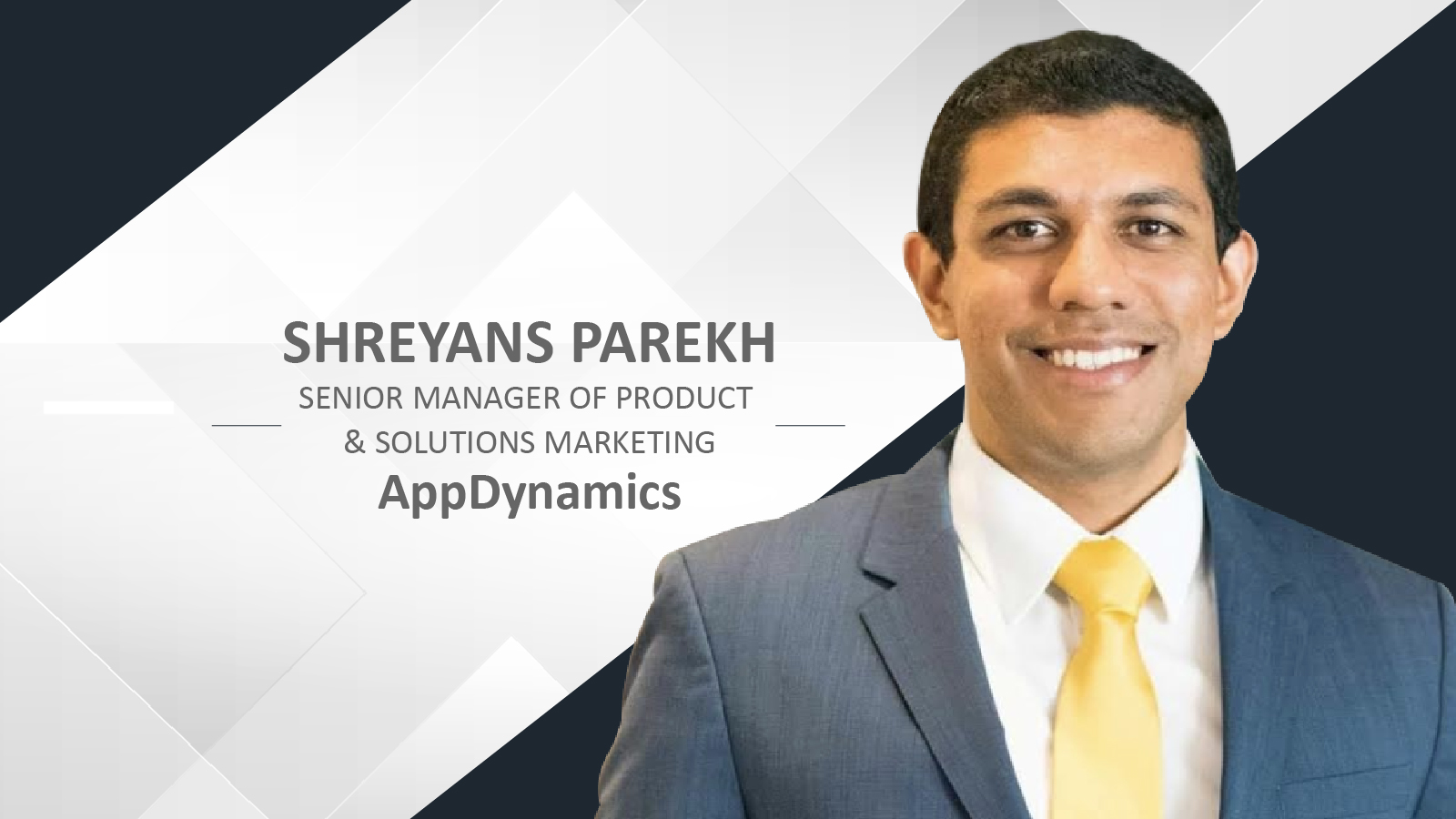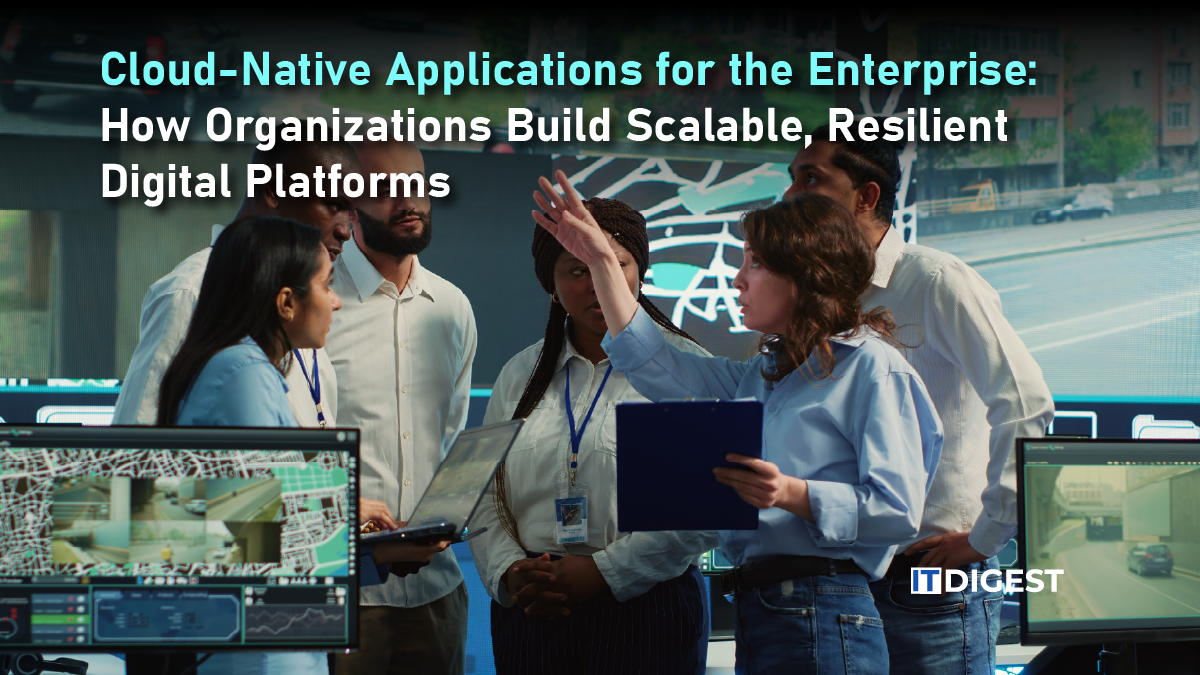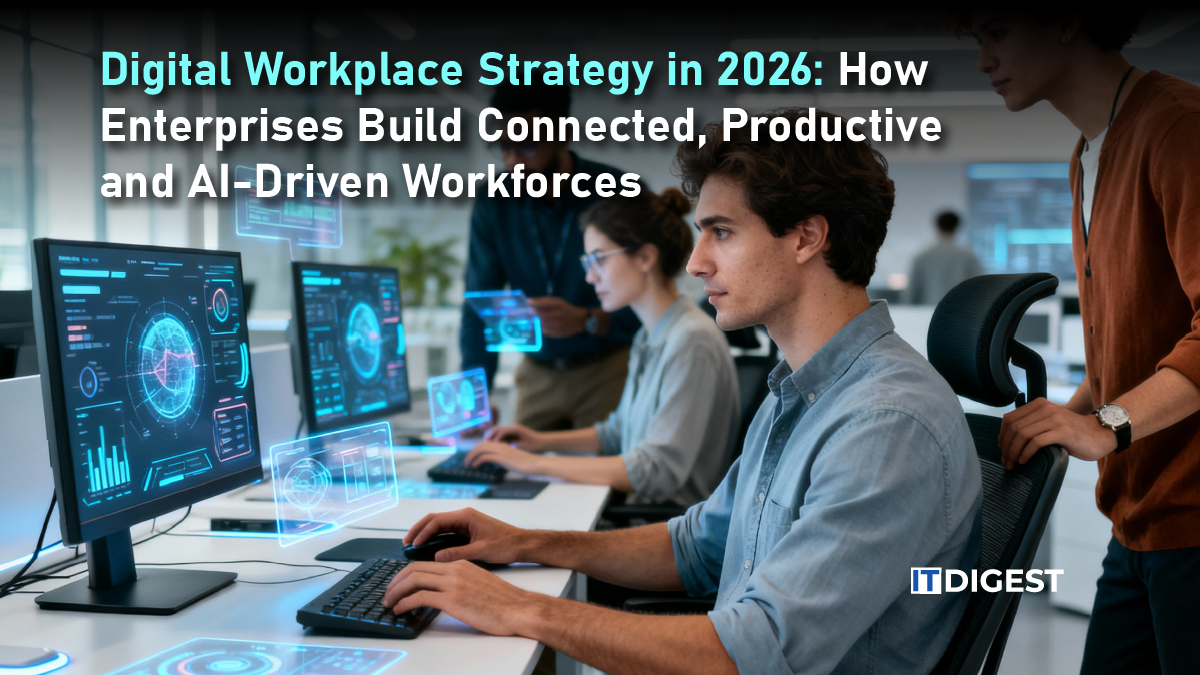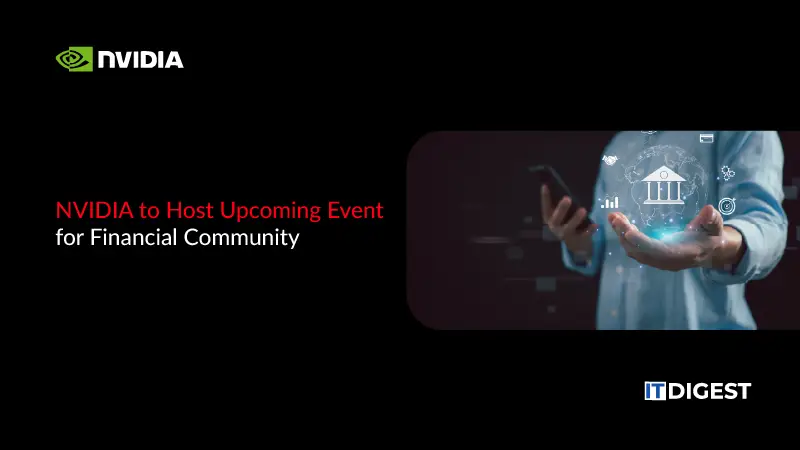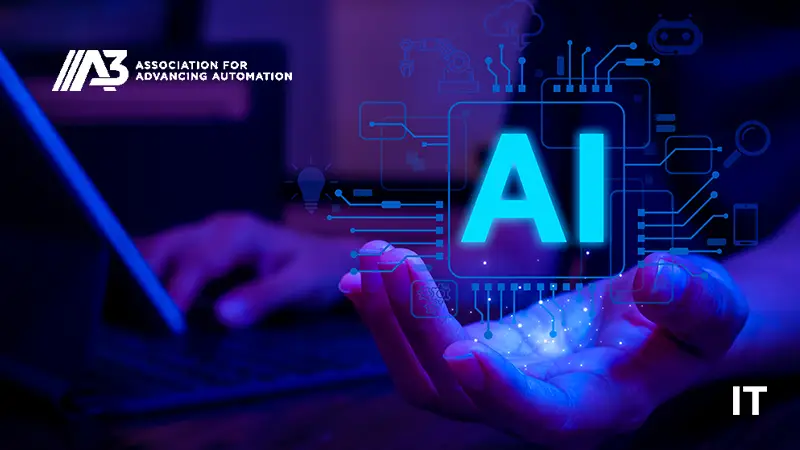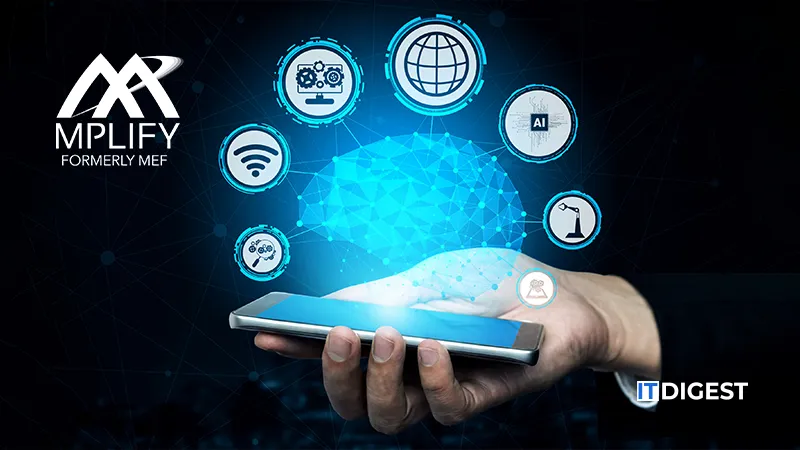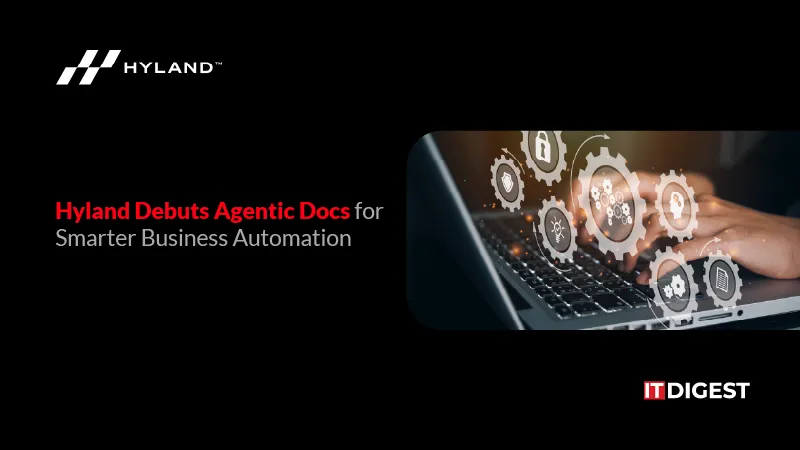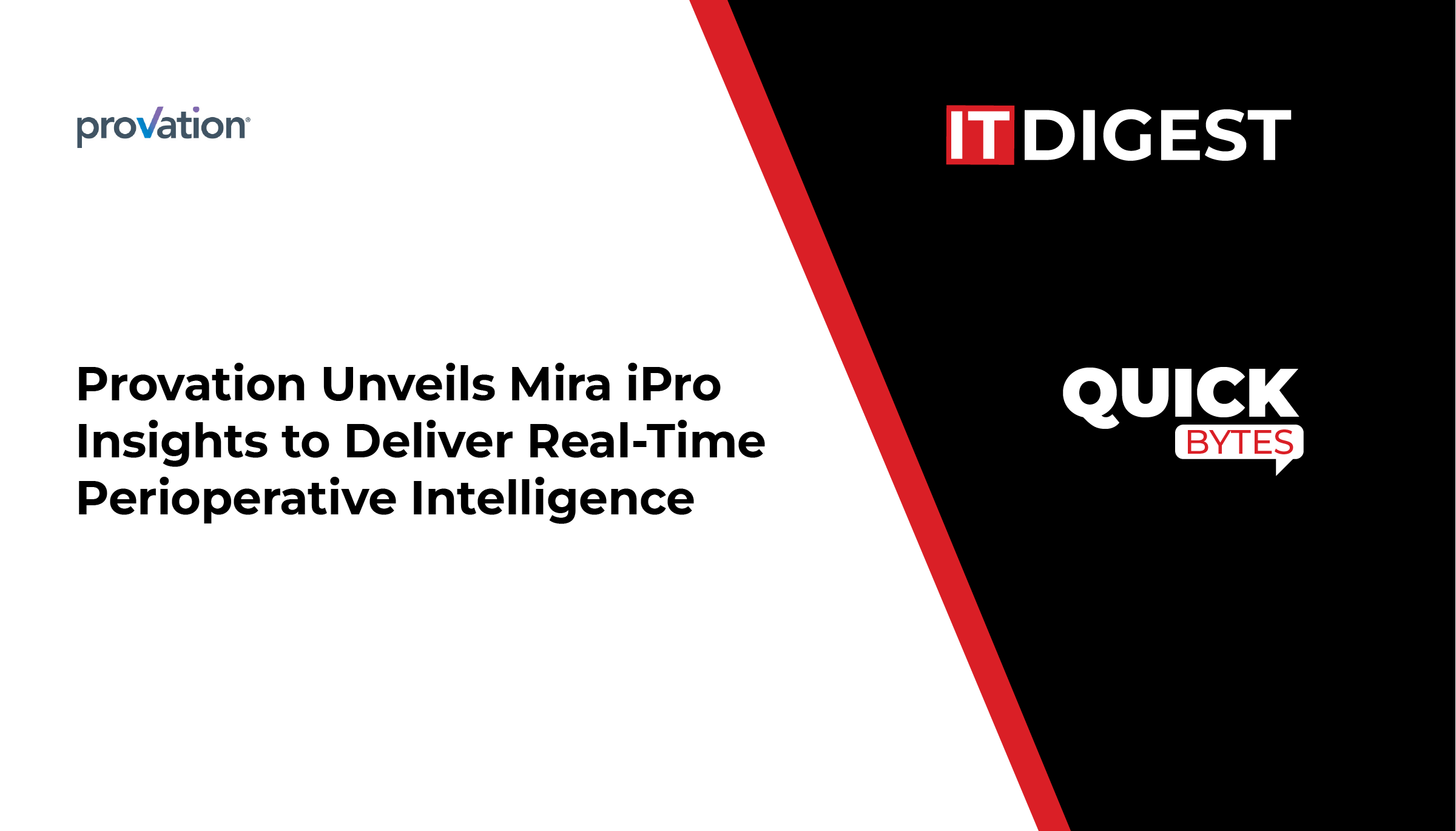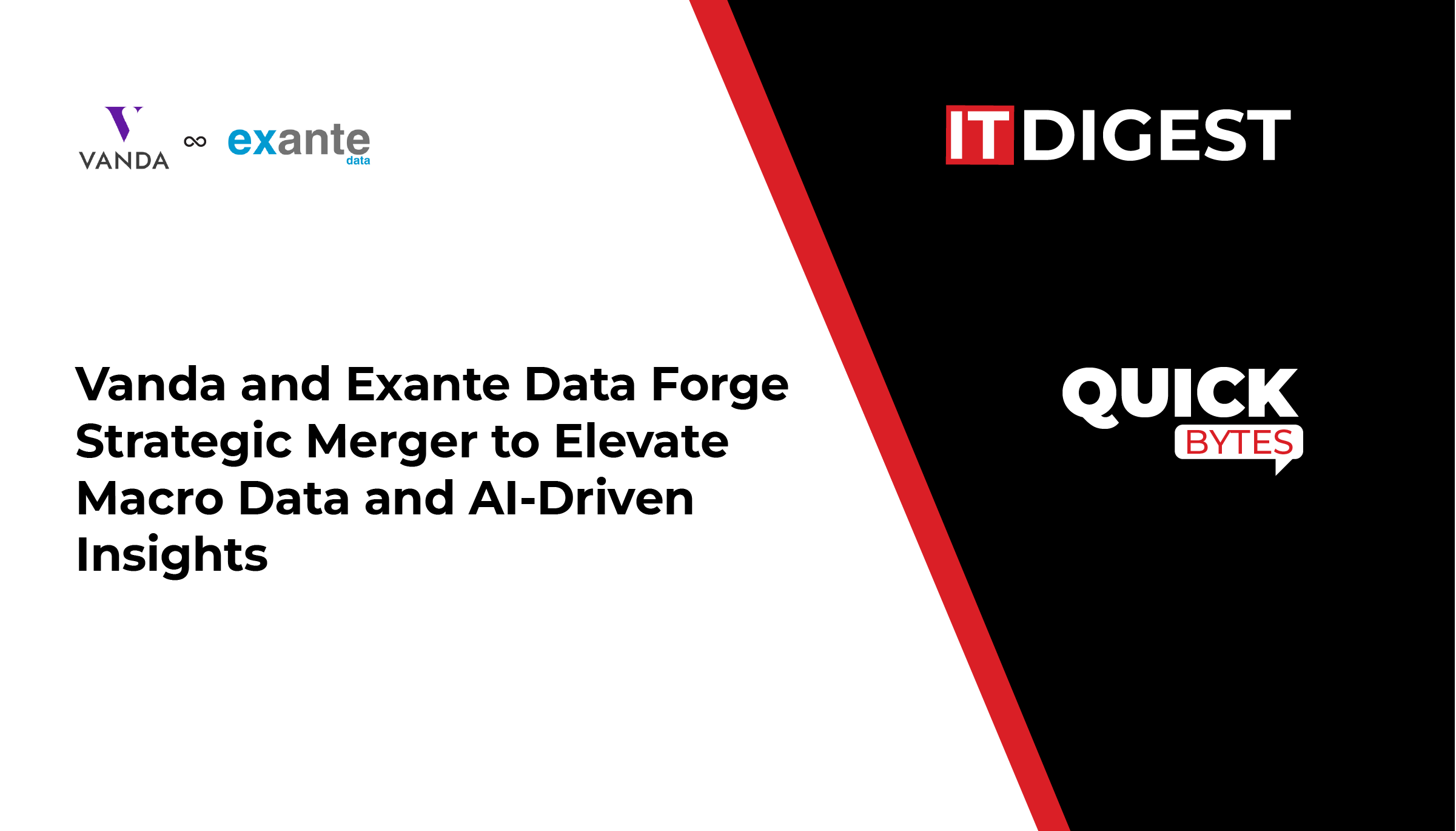Hyland, the pioneer behind the Content Innovation Cloud™, introduced its next-generation agentic document processing solution—marking a significant leap in enterprise automation and laying the groundwork for the company’s expansive agentic AI strategy. Expanding on its established Intelligent Document Processing (IDP) capabilities, this new offering harnesses the power of generative AI to transform how organizations engage with unstructured data, enabling business-wide automation and intelligence.
Unlike conventional IDP tools that focus primarily on data capture and extraction, Hyland’s latest solution is engineered to understand, reason, and act autonomously. Tailored for critical industries such as healthcare, government, financial services, and insurance, the system converts complex documents into structured, machine-readable formats. This allows intelligent agents to interpret intent, evaluate context, and drive decision-making within intricate workflows. Through semantic understanding and context-aware AI, Hyland aims to eliminate manual, repetitive tasks and usher in an era of fully autonomous business operations at scale.
Also Read: Workera Advances AI Skills With New Platform, Leadership
“We’re not simply applying agentic AI to automate individual tasks — we’re transforming entire processes and broader workflows, which represents a fundamental differentiation in how organizations can leverage AI to drive meaningful business outcomes,” said Hyland CEO, Jitesh S. Ghai. “By leveraging generative AI, Hyland’s agentic technologies not only discover and reason, but drive action across all levels of enterprise business processes.
This includes making decisions and driving intelligent automation to realize business outcomes not possible before — something that no other technology provider in content management can do today.”
A Solution Built for Mission-Critical Industries
Hyland’s agentic document processing platform is purpose-built for enterprises where content is central to operations. In healthcare, for example, intelligent agents can autonomously triage incoming documents, extract clinical insights, interpret patient histories, and update medical records in real-time—all while maintaining workflow continuity and data integrity. Similar value extends across industries with high volumes of unstructured content.
Key Differentiators of Hyland’s Agentic Document Processing:
-
Zero-Shot, Context-Aware Agents: Eliminates the need for training data. Agents understand document structures and derive meaning holistically—not just from predefined fields.
-
Reasoning and Autonomous Action: Embedded semantic intelligence enables agents to detect patterns, understand causes, and take context-sensitive decisions, initiating downstream workflows automatically.
-
Workflow-First Architecture: Designed to support end-to-end business processes, including exception handling, decision-making, and integration with external systems.
-
Cloud-Native Deployment: Built on the secure and scalable Content Innovation Cloud, seamlessly interoperable with EHR, ERP, CRM, and legacy systems.
“Hyland has been delivering core components of Intelligent Document Processing for years — through document capture, classification, and workflow automation,” said Alan Pelz-Sharpe, Founder of Deep Analysis. “Adding agentic AI enables more autonomous, intelligent actions, marking an evolution of its capabilities. Hyland is now well-positioned to support the future of intelligent document processing.”
Moving Beyond IDP: Realizing Agentic Business Outcomes
Hyland’s new solution represents more than just a technological enhancement—it’s a strategic evolution. By embedding advanced reasoning and decision-making capabilities into document workflows, Hyland empowers enterprises to go beyond automation and embrace enterprise-wide intelligence. Systems can now autonomously derive meaning, evaluate cause and effect, and execute decisions that drive impactful business results.
As Hyland continues to redefine content management with agentic AI, organizations gain a transformative edge—achieving operational agility, reducing manual workloads, and unlocking data-driven insights across every level of the enterprise.





